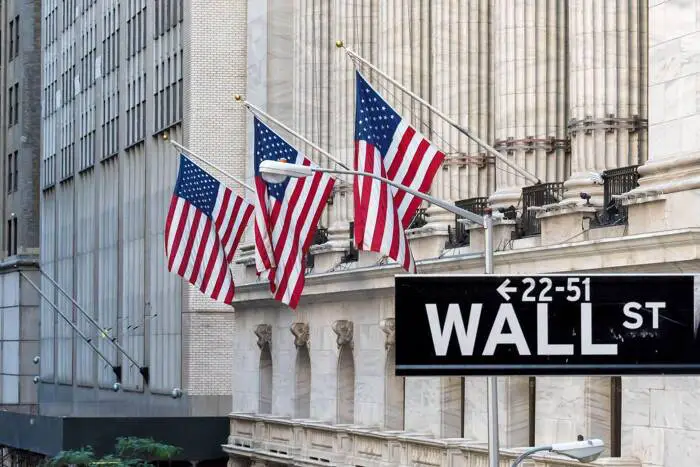Wall Street Embraces Deregulation
In the wake of Donald Trump’s emphatic election win on November 5, Wall Street has responded in an overwhelmingly positive manner.
The S&P 500 grew around 6% in the six weeks following the beginning of November to surpass the 6,000 mark for the first time, and much of the buoyant mood throughout the financial sector has stemmed from the prospect of deregulation.
With the administration change, Gary Gensler, chair of the US Securities and Exchange Commission, is set to depart a role that critics believed became too hawkish and stifling for growth throughout Biden’s term in the White House.
So, what will the future look like for Wall Street? Is the early optimism justified? According to JPMorgan Chase’s president and chief operating officer Daniel Pinto, the return of Trump and greater deregulation will likely pave the way for more mergers and acquisitions in the year ahead.
Pinto highlighted that M&A activity could increase across all industries provided that regulator reviews can be completed in three to six months.
Trump’s willingness to offer expedited approvals and permits for those planning to invest more than $1 billion in the country could also drive rapid infrastructural growth, albeit with added environmental risks.
This can help to drive the expansion of blue chip stocks as they grow into new industries with far less scrutiny.
Ending Quantitative Tightening
Another signifier of growth could be the end of quantitative tightening by the Federal Reserve, which has amassed a $7 trillion balance sheet while attempting to manage US liquidity to prevent market volatility.
Quantitative tightening is the process that the Fed uses to shrink its balance sheets by letting assets it owns mature. While ending quantitative tightening has been much discussed in recent months, timelines have continually been pushed back.
Liquidity throughout the economy has long been scrutinized in the wake of the recent period of high inflation and high interest rates that the Fed has been forced to contend with, and disagreements over what level of liquidity constitutes good liquidity are likely to intensify as January 20, 2025 approaches.
During his first term in the White House, Trump was outspoken in his criticism of quantitative tightening, claiming that the Fed had been stifling industrial growth, and we may well see the new government move quickly to whittle down the balance sheet in an attempt to accelerate short-term gains on Wall Street.
Trillion Dollar Deficits
Pro-growth strategies don’t always guarantee sustainable results across all industries. In terms of ESG stocks, the Trump victory is likely to stem growth throughout the president-elect’s second term. There are also worrying forecasts over the state of the nation’s deficits.
Trump is expected to lean heavily on tariffs for international trade as a bargaining chip for negotiations with the likes of China, Mexico, and Canada, and this high-risk approach to policies has seen one estimate suggest that $7.5 trillion could be added to US deficits over 10 years.
The incumbent Trump administration will hope that a United States free of regulatory red tape will be capable of out-innovating its economic challenges over the years ahead, but there’s an element of risk that could see inflation once again rising to present a multitude of challenges to the long-term growth of domestic industry.
For Wall Street, the early euphoria is likely to spill into 2025, but investors should keep on high alert for signs of strain as the unprecedented push towards deregulation unearths fresh risks to the financial sector.

